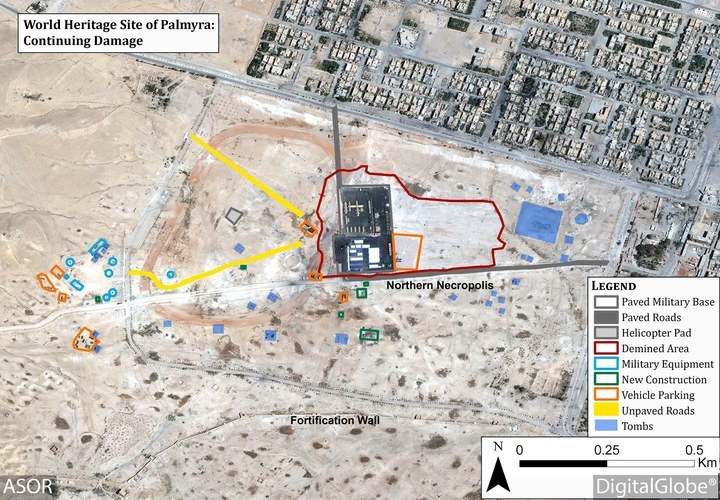Ajai Shukla
Sep 14, 2015
The still unresolved, "one rank, one pension" (OROP) agitation has exacerbated the lack of trust between the military, on the one hand, and politicians and bureaucrats, on the other. In a double defeat for the government, it will pay out at least Rs 18,000-22,000 crore for a settlement, but still leave most ex-servicemen grumbling. That is because the government has misunderstood the nature of the OROP agitation: it is less a demand for money than an expression of outrage at being discriminated against vis-à-vis the cordially disliked Indian Administrative Service (IAS). Many veterans have told me they would accept the status quo on pensions, provided OROP benefits are also withdrawn from the IAS and the Indian Foreign Service (IFS).
But the tiger has tasted blood, given the strong media and public support during the OROP agitation. Already another (morally and logically justifiable) demand is taking shape with armed forces discussion groups buzzing with another long-standing grievance bearing the clumsy moniker of "non-functional upgradation". NFU, which the government has denied the military, was granted to numerous Group-A central services like the Defence Research & Development Service, Border Roads Organisation, Indian Ordnance Factory Service, et al. It is only a matter of time before the NFU demand is raised more strongly.
In simple terms, NFU means that when an IAS officer from a particular batch (a batch includes everyone who joins service the same year) is promoted to a certain rank (say deputy secretary), all her batchmates from Group-A central services automatically start drawing the pay scale of deputy secretary two years after her promotion. This continues all the way up the line. The term NFU implies that, even as those officials continue to discharge their earlier functions, they are upgraded to the higher pay grade of their IAS batchmate. Effectively this means that every central services officer makes it to top pay grades, albeit with a two-year time lag behind the IAS.
You might wonder why the IAS, which safeguards its own interests well by virtue of making the rules, has not awarded itself NFU cover. That is because it does not need it; every IAS officer anyway reaches the government's highest grade of pay, called the "apex scale", which brings in a salary of Rs 80,000 a month. Even when an IAS officer fails to get empanelled for promotion by the Centre, she continues getting time-scale promotions in her state cadre. When she reaches the rank of "additional chief secretary" in the state cadre, which all of them automatically do, she enters the apex scale. The IFS benefits from a similar system.







